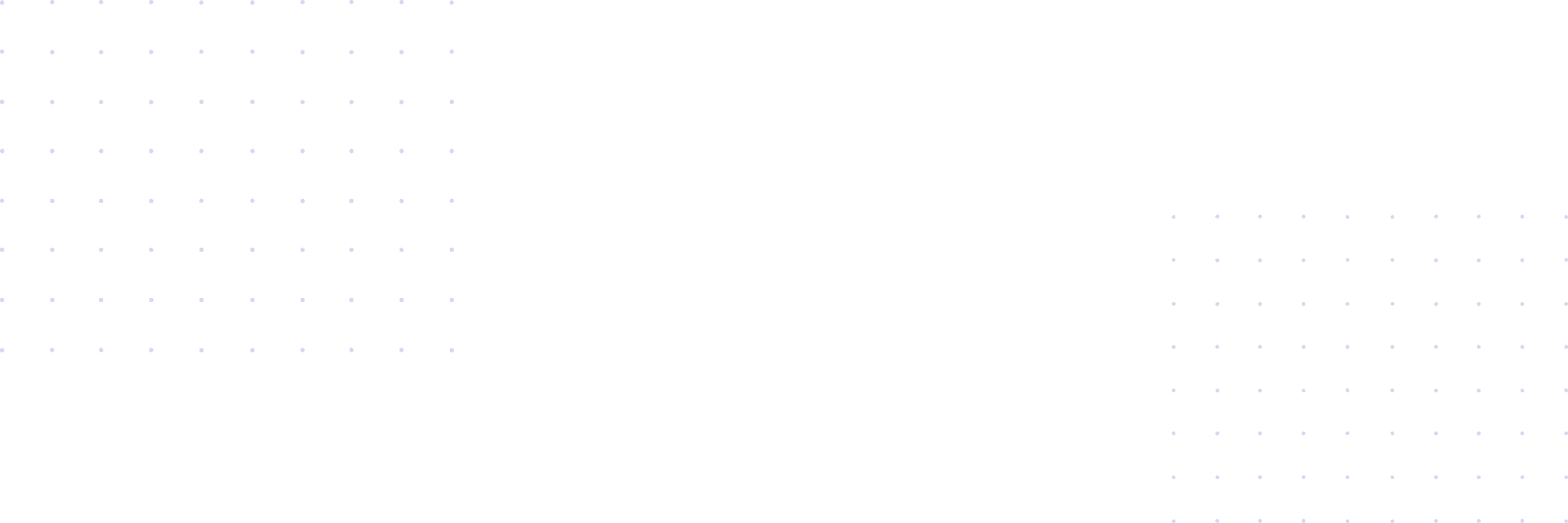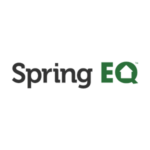Are you looking to purchase a second property and need cash for the down payment? A home equity line of credit (HELOC) could be a viable option to get the funds you need without emptying out your savings account. But this debt product isn’t without drawbacks – the primary one being the risk of foreclosure should you default on the account.
How Much Can You Get from a HELOC?
You may be able to convert up to 85 percent of your home equity into cash with a HELOC. To illustrate, assume your home is worth $495,000, and you owe $295,000 on the mortgage. The maximum HELOC amount you could be eligible for is $125,750 ($495,000 * .85 – $295,000). However, the amount you’ll receive depends on your financial situation and if you meet the lender’s funding requirements.
How to Use a HELOC for Down Payment
Although a HELOC may be a convenient funding solution for a down payment on a second home, there are pros and cons to consider before applying.
Advantages of Using a HELOC for Down Payment
- Competitive interest rates: You’ll often find that APRs on HELOCs are far lower than you’ll find with other debt products – especially credit cards, which are also revolving debt products that operate like HELOC. Some lenders also extend introductory APRs on HELOCs for a limited number of months to sweeten the deal and help make the loan payments even more affordable.
- Interest-only repayment period: To piggyback off the last key benefit, there are HELOC products that come with interest-only repayment periods. This means you’ll only pay interest on the amount you borrow for a certain window, making the loan payments far more affordable than they’d be if you were having to pay towards the principal from the start as well.
- No usage restrictions: Although you’re looking to secure a HELOC to use for a down payment on a second home, you’re not limited to that expense. There generally aren’t usage restrictions on HELOCs, so you can use the funds however you see fit. You may find that drawing a portion to make the down payment and pay off high-interest debt puts you in a better financial position.
- Control borrowing costs: The lender sets the interest rate and other fees that accompany the HELOC, but you only have to make payments on the amount you borrow. You won’t have this luxury if you take out a home equity loan or other installment loan product, though, since you receive the loan proceeds in a lump sum and must repay in equal monthly installments over a set period of time.
Disadvantages of Using a HELOC for Down Payment
- Collateral requirement: HELOCs are secured by your home. That said, an unexpected change in your situation that leads to financial hardship could result in foreclosure if you’re unable to make the loan payments.
- Added fees: You may be subject to a fee each time you draw funds. Some lenders also have a preset minimum withdrawal amount, so you could end up pulling out more funds than you actually need.
- Credit implications: HELOCs are typically reported to the major credit bureaus – Experian, TransUnion and Equifax – as revolving accounts. Timely payments can help improve your rating since payment history accounts for 35 percent of your credit score. But if the HELOC payment stretches your budget too thin, you miss the due date, and your account reaches 30 or more days past due, the delinquency will likely be reported to the credit bureaus and could hurt your credit rating.
- Dip in home equity: Since a HELOC is essentially a loan against the equity you have in your home, your home equity will decrease as you make withdrawals.
Other Things You Can Use a HELOC For
As mentioned above, you won’t find spending restrictions on HELOCs. That said, here are some other options to use the funds.
Getting an Investment Property
An investment property is an ideal way to expand your portfolio of assets, especially if you get a great deal. In addition, you have the option to use a HELOC to make the down payment as or pay for the property in full if it’s at a lower price point.
Renovating Your Home
You can also use the funds to make much-needed repairs or upgrades to your home. Doing so could add significant value to the property, and you won’t have to spend thousands of dollars upfront and out of pocket to get the job done.
Consolidating Debt
Only paying the minimum on high-interest debt each month can also place a significant dent in your wallet. But with a HELOC, you can consolidate what’s owed and possibly save several hundred or thousands in interest. To illustrate,
Pay for College
Higher education costs can be steep and place a major dent in your wallet. However, if federal student loans aren’t available, a HELOC may be a more cost-efficient option to cover your educational expenses.
Emergency Expenses
Life happens, and it’s often when you least expect it. So, if you don’t have much cash tucked away in an emergency fund, a HELOC could provide peace of mind. You don’t have to use the funds if you don’t need them. And if you encounter a financial challenge, taking a draw will likely be far less expensive than resorting to a high-interest credit card.
Is Using a HELOC for Down Payment a Good Idea?
A HELOC may be viable for a down payment on a second home if you can comfortably afford the payments on the funds you pull out. You should also have a good or excellent credit score to qualify for the most competitive financing terms and an acceptable debt-to-income ratio. It’s equally important that you have a sizable amount of equity in your current home to avoid being close to the point where you owe more than it’s worth if the market dips.
How to Get a HELOC
Before applying for a HELOC, check your credit rating to confirm it meets the lender’s eligibility criteria. You should also compute your DTI to determine if it’s acceptable and gather any information and documents the lender will need to process your application. The next step is to formally apply with a lender that’s reputable and offers HELOCs with competitive rates and attractive terms.







